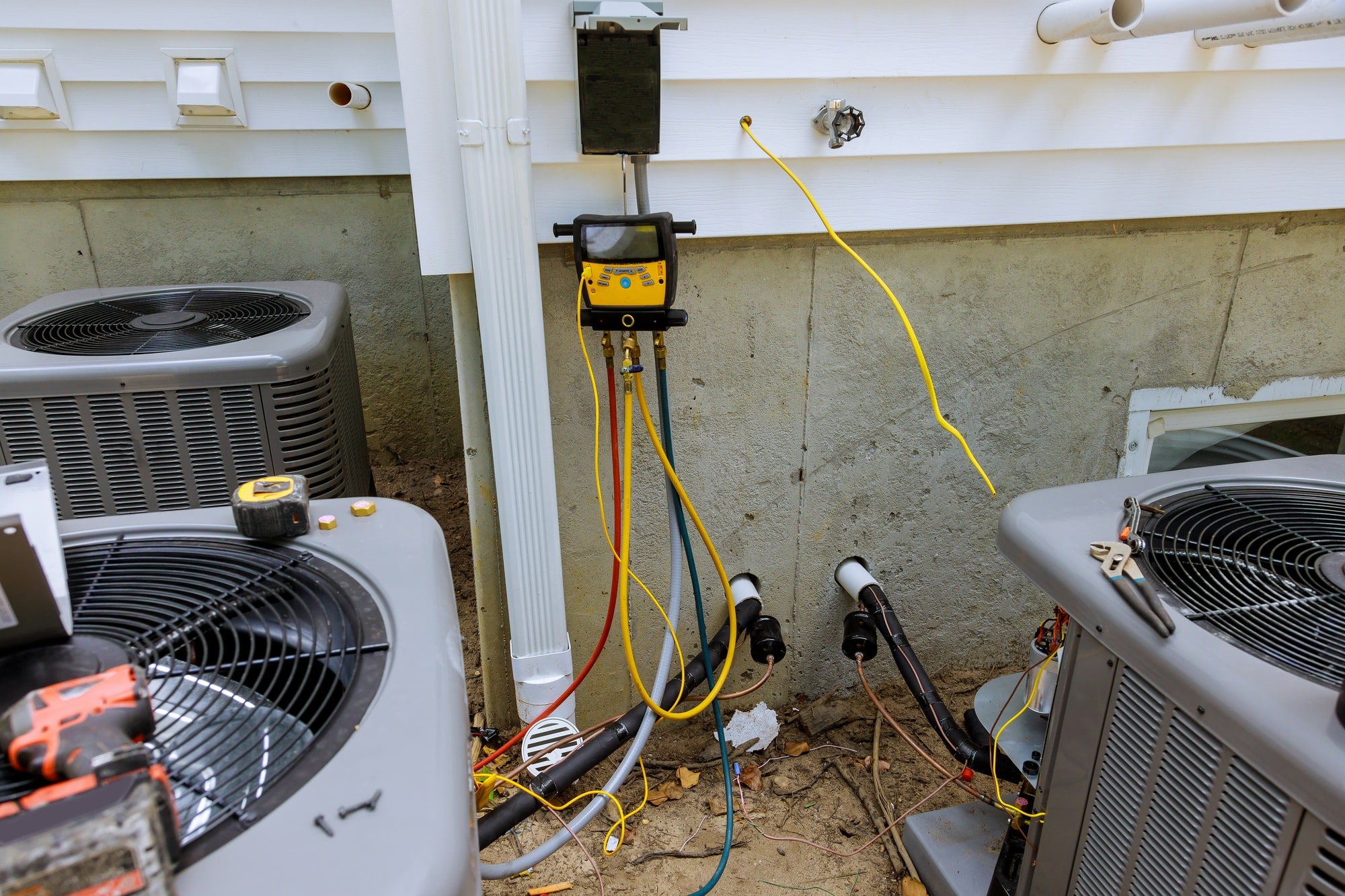In part one of this two-part blog series, we went over some of the initial things you should be thinking about when it comes to maintaining your HVAC system through the upcoming Utah winter. From ordering a professional tune-up to attending to filters and much more, there are several basic ways you can ensure your heating components and other parts of your system are ready for the coldest parts of the year.
At Green Line Plumbing, Heating & Air, we’re happy to assist clients with all these and any related HVAC needs, with services ranging from heating and furnace repair to indoor air quality, thermostat services and more. In today’s part two of our series, we’ll go over some other basic tips on how to ensure your system is in good shape headed into the dead of winter.
Thermostat Programming
While you’ve likely already switched your thermostat over from its summer cooling settings into winter heating settings, there are a few other steps you can take to ensure your thermostat is ready for the coldest days of the year. For starters, you should make sure your thermostat is set to a comfortable temperature when you’re home and awake, and then lowered when everyone’s asleep or away from the house during the day. This will help conserve energy while making sure your house stays warm enough during the day or night.
Also, consider changing your thermostat’s “fan” setting from “auto” to “on”, which will keep air circulating in your home even when the temperature remains constant. This is especially helpful during times of extreme cold, as it can help prevent icy drafts and uncomfortable spots in certain parts of your home.
Finally, you may want to invest in a programmable thermostat if you don’t already have one — these digital devices can be set up to adjust the temperature at certain times throughout the day and night, meaning you won’t forget or need to manually adjust it anytime soon.
Test Smoke and CO2 Detectors
Another important tip for winter HVAC maintenance is to make sure your house’s smoke and carbon monoxide detectors are in good working order. Make sure the batteries are fresh, and if it’s been a while since you’ve tested them (or ever) push the test button to make sure they still sound off loud and clear.
Check Insulation
Finally, you should go through your home and check that all your windows and doors are properly insulated, with good weatherstripping and perhaps even some additional plastic insulation over the sills. This will help keep the cold air out and make sure your heating system doesn’t have to work too hard to do its job.
In some homes, insulation may also be used in areas like the furnace, the water heater, and other places where energy-efficiency is important. If you’re not sure whether your home’s insulation needs a checkup, consider reaching out to a local HVAC expert for an inspection.
Following these tips will ensure that your HVAC system is prepared and working as efficiently as possible during the coldest months of the year. For more here, or to learn about any of our HVAC services, speak to the staff at Green Line Plumbing, Heating & Air today. We look forward to hearing from you and helping you get ready for winter!







